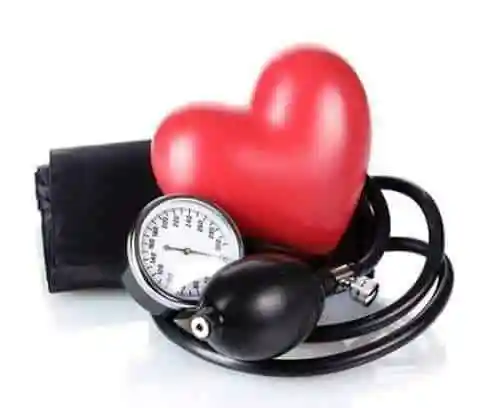We’ve all heard that 120/80 mmHg is the ideal blood pressure. But new research suggests this standard might not be perfect for everyone. Updated guidelines from the European Society of Cardiology reveal that age, health conditions, and even lifestyle can influence what’s truly a healthy reading for you.
Blood pressure consists of two numbers: systolic (the force when your heart beats) and diastolic (the pressure when your heart rests). While 120/80 has long been the goal, experts now say that older adults may naturally have slightly higher readings—and that’s not necessarily a bad thing. In fact, a systolic pressure of 130 or 140 mmHg could help maintain proper blood flow to essential organs as we age.

For those with diabetes or chronic diseases, stricter control might be necessary, but not necessarily down to 120/80. A target of 130/80 mmHg, for instance, could offer better protection against complications without being overly restrictive.
The biggest change in thinking? Blood pressure management is no longer about hitting a universal number. Instead, doctors focus on what’s best for each individual, considering factors like medical history, genetics, and daily habits.
If you’ve been stressing over keeping your blood pressure at exactly 120/80, it might be time to relax—slightly. Talk to your doctor about what range makes the most sense for your health, and remember that consistency and overall wellness matter just as much as the numbers.


